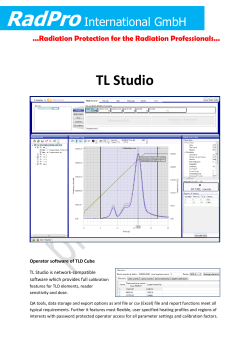
第二章
第二章 1、 The adsorption of a certain substance, X, follows a Langmuir isotherm. Saturation coverage of the material is 8 1010 mol/cm2 and 5 107 cm3/mol (assuming ai Ci ). At what concentration of X will the electrode surface be half covered (i.e., θ = 0.5)? Sketch the adsorption isotherm of the substance. At what concentrations of X will the linearized isotherm be valid to ~1%? 2、 若电极 Zn ZnSO4 a 1 的双电层电容与电极电位无关,数值为36 F / cm 2 。 已知该电极的 平 0.763V , 0 -0.63V 。试求 (1) 平衡电位时的表面剩余电荷密度。 (2) 在电解质溶液中加入 1mol / L 的NaCl后,电极表面剩余电荷密度和双 电层电容会有什么变化? (3) 通过一定大小的电流,使电极电位变化到 0.32V 时的电极表面剩 余电荷密度。 3、 Why do we view adsorbed neutral species as being intimately bound to the electrode surface, rather than being collected in the diffuse layer? 4、 Interpret the data in Figures 1 and 2. How do the traces in Figure 2 relate to those in Figure 1? What implications can be derived from the flat region in the electrocapillary curves in the presence of n-heptyl alcohol? Construct a chemical model to explain the very low differential capacitance from —0.4 to -1.4 V in the presence of n-heptyl alcohol. Figures 1: Electrocapillary curves for mercury in contact with 0.5 M Na2SO4 in the presence and absence of n-heptanol. Figure 2: Differential capacitance curves corresponding to the systems of Figure 1.
© Copyright 2025





















